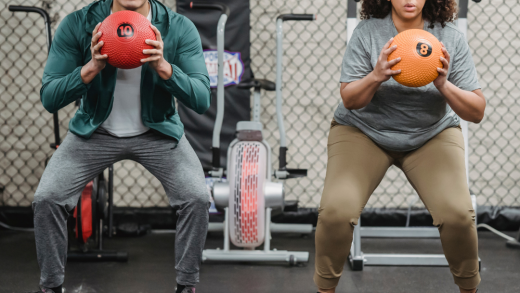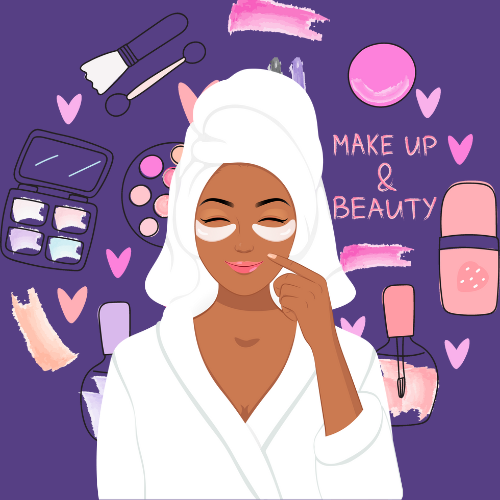Microblading is the art of tattooing the eyebrow region, where tiny strokes are drawn with a needle using semi-permanent ink. The strokes applied to mimic the look of real hair follicles, creating a very natural-looking brow. The needles are much smaller and finer than those used in traditional tattooing, and no amount of exfoliating will dissipate the lines, which is why microblading results last for between 18 to 24 months.
If you’ve spent time researching semi-permanent makeup, you’ve probably heard of microblading. This semi-permanent cosmetic treatment is done with a handheld blade and semi-permanent ink. The procedure gives people fuller eyebrows, and it’s been around for more than a decade.
How long does microblading last?
Microblading is a semi-permanent tattoo that mimics real hair. The pigment is placed into the epidermis using a hand tool that penetrates the skin. The strokes look natural and blend with existing hair. Microblading can last up to 2 years, and more, with proper maintenance from a reputable clinic such as Aesthetic Med Studio. After your treatment, your artist will give you a skincare regimen and instructions on how to take care of your new brows.
How much does it cost to have your eyebrows microbladed?
Microblading is one of the fastest-growing beauty trends in the US, and it’s easy to see why. The practice involves tattooing semi-permanent makeup onto your skin, creating a semi-permanent, realistic-looking hairline. The basic cost to have your eyebrows microbladed varies largely depending on the technician. And with a semi-permanent procedure, microblading costs between $500 and $2,000, depending on where you live.
Does microblading require aftercare?
Microblading is a semi-permanent makeup technique that involves implanting pigment under the skin of the face to imitate the appearance of hair. It’s also sometimes referred to as eyebrow embroidery or eyebrow shading. While you may not realize it, microblading requires aftercare. If you neglect to follow your aftercare instructions, you could wind up with scabs or blisters on your face. This could lead to permanent scars.
The best results for this procedure come from a qualified microblading artist, and aftercare is important for maintaining and enhancing the permanent results of this cosmetic procedure.
What to Expect During Your Treatment?
The needles used during your microblading procedure will be much smaller and finer than the ones used for a tattoo. A numbing cream will be applied to your eyebrows first. The eyebrow technician will then use a small handheld tool to etch tiny microchannels into the skin, which will then be filled with pigment. A brow serum will then be gently applied once the outline is drawn. Your technician will then add in hair-like strokes to give your brows a lush, natural-looking look.
Microblading is a kind of permanent makeup that is done by tattoo artists. The treatment involves inserting pigment into the skin with a handheld tool, which is similar to the process of tattooing. It’s semi-permanent, therefore, treatments are designed to be repeated after four to six months. Microblading is perfect for people with sparse eyebrows. It fills in gaps, adds colour, and basically makes your whole face look more put together.
Risks
Microblading, a semi-permanent makeup procedure, involves hand-poking small, hair-like strokes into the skin, leaving fuller-looking eyebrows. Despite the aesthetic benefits, microblading has been associated with a number of risks.
Infection
Microblading is permanent, but it’s safe if done correctly, by experienced microblading artists. However, like any tattoo, microblading carries some risks, including infection. Infection occurs when individuals don’t practice proper aftercare, which causes germs from the skin, or the tattoo gun, to enter the body and cause infection.
Allergic reaction
A handheld tool is used to deposit pigment into the skin, creating the appearance of fuller, more natural-looking eyebrows. In 2013, the FDA approved the procedure, and since then its popularity has skyrocketed. However, the procedure can cause significant reactions in some individuals. The tools used to apply pigment (known as microblading pen) contain a fine blade, which can create tiny cuts and abrasions on the skin. Allergic reactions can include itching, swelling, redness, and rashes, though the vast majority of microblading clients experience little to no side effects.
Who should consider getting microblading?
- Those with a naturally thin brow area
- Those with uneven brows
- Those with sparse brows
- Those with little to no eyebrow hair
- Those who have scarring or hair loss in the brow area
Microblading is a permanent makeup procedure that involves inserting pigment into the upper layers of the skin with a very fine blade. Some doctors, including dermatologists, plastic surgeons, and estheticians, frequently perform this cosmetic procedure.
But Microblading is not for everyone. People shouldn’t get microblading if they’re pregnant. It is also not suitable for people with certain conditions, such as diabetes, skin cancer, or rosacea.





